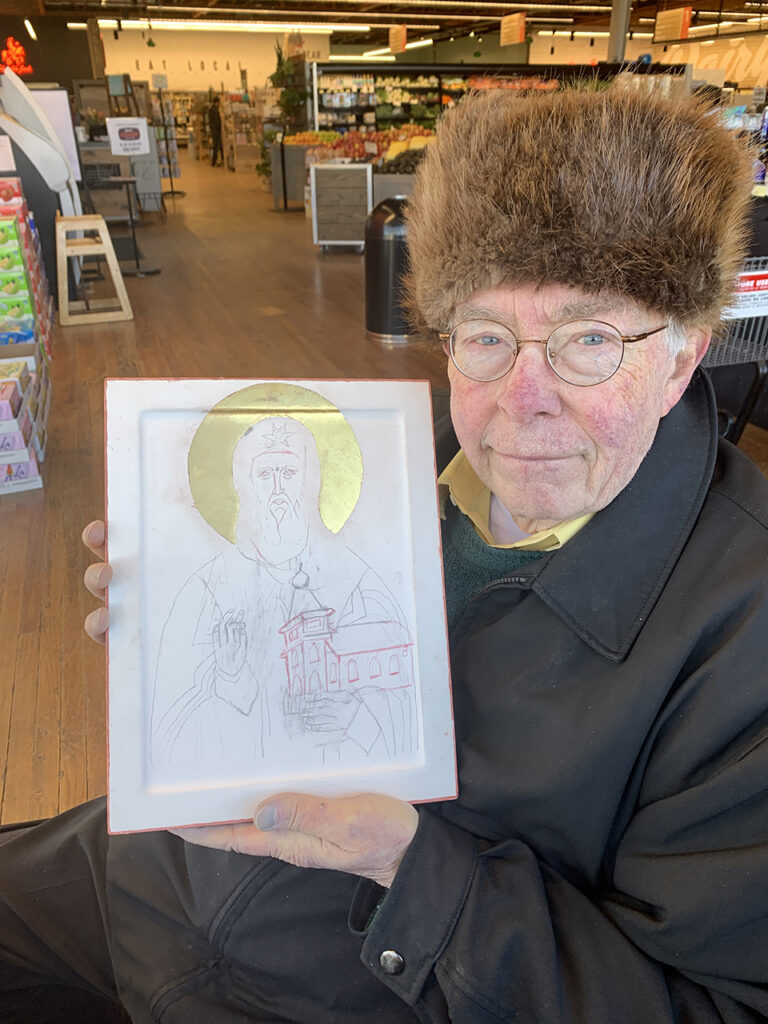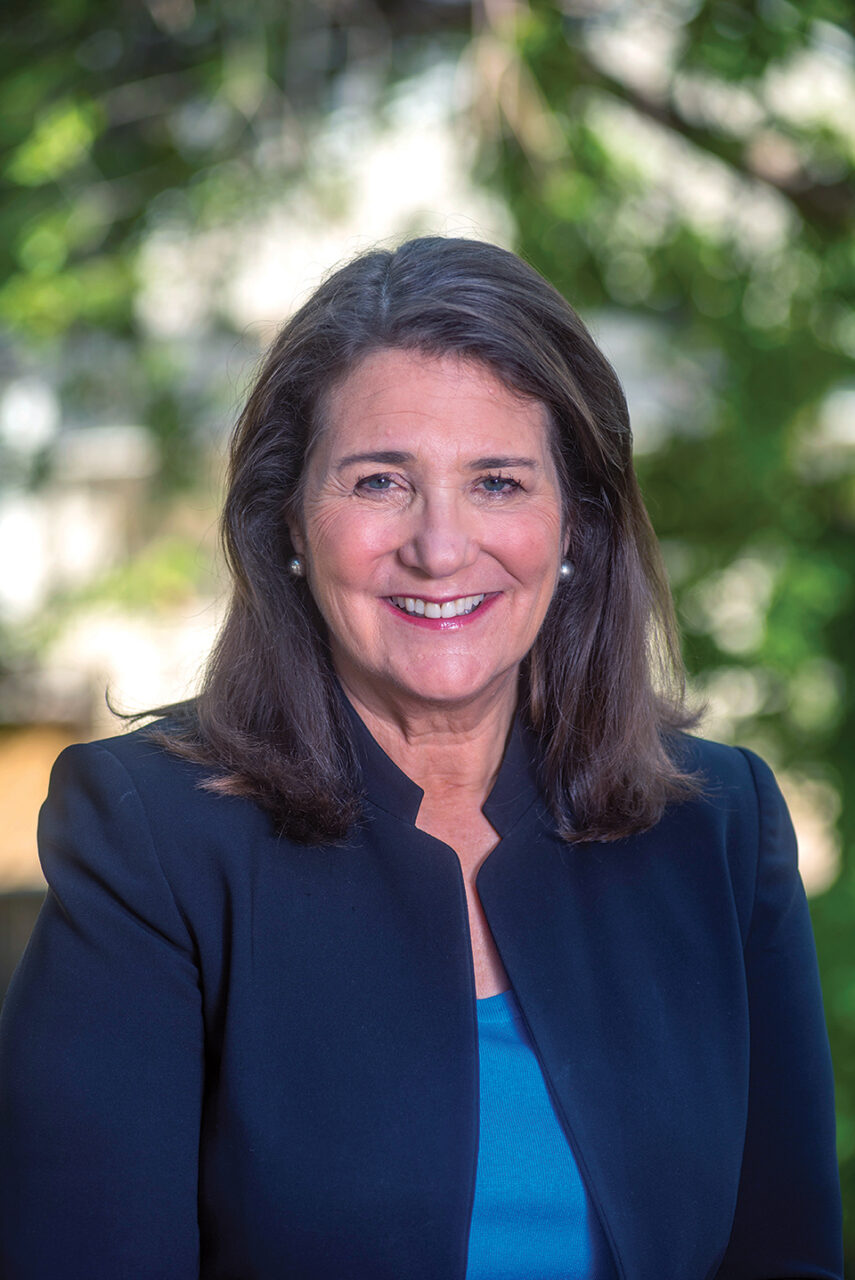
North and West Denver are blessed with many historic churches and synagogues which help build strong and vigorous communities, knitting together an important fabric that makes neighborhood stories memorable and worthy of remembering. Today, we call these stories diversity. It’s my story too.
I first visited Holy Transfiguration of Christ Orthodox Church in Globeville in high school when my friend Ivan Ambrose invited me. Ivan also invited me to take a course in Slovenian taught by Fr. Leopold Mihalich, pastor of Holy Rosary Slovenian Catholic Church on West 47th Avenue and Sherman Street. Fr. Mihalich, from Mostar in the old Yugoslavia, literally walked and bicycled out of Europe to get away from the Nazis. He finally got to America and was assigned to be pastor of Holy Rosary. Ivan and I met when we worked as stage hands at the historic and still solid-as-a-rock Colosseum, a great first job, but that’s another story. Fr. Mihalich always commented on how happy he was to see a non-Slavic name on his Slovenian class roster. I thought “Gallagher” fit in just fine in a spirit of early ecumenical diversity and transparency.
Studying Slovenian got me interested in Slavic languages, so when I started attending Regis, I signed up first for Latin and Greek, my minors, and then a Russian class. And when Ivan invited me to the post Roman midnight Russian Easter at Transfiguration, the Easter celebrated by the Orthodox Christians, I jumped at the chance. In those days much of the service was in Slavonic and Russian, and the chanting celebratory and uplifting. Today, services are all in English. The congregants processioned around the church three times with candles marking the time Jesus spent in the tomb before rising. In pre-Covid days, after services the church members would retire to the church hall for a sumptuous roasted lamb dinner. It was memorable, and from that day on I was hooked on the Eastern Church and its liturgy.
Transfiguration Church’s start was not without controversy and contention. You see, dear reader, it was originally a Greek Catholic Uniate church, under Roman jurisdiction but following all the rules of Orthodox churches, under a patriarch appointed by the Pope. The Uniates were protected from persecution in Poland because these Christians were under Rome and had the Pope’s approval and protection. So when Fr. Nicholas Saragelli, from Carpathia, shows up to be the pastor of Transfiguration, the Roman Bishop Nicholas C. Matz had an episcopal tantrum. Fr. Saragelli had a wife and kids, as is allowed in the Eastern rites. It was rumored Matz did not like the Slavs any more than he liked the Irish priests in his diocese and was quoted as saying, “no priest in my diocese will have a wife and children.” He excommunicated the Eastern rite Greek Catholic priest, Fr. Saragelli. Let me remind you, there are 23 rites in the Roman church and only one, the Latin Rite which is also the biggest, does not allow for a married clergy.
Bishop Matz told the parishioners of Transfiguration they can just switch to the Latin rite and abandon their Slavonic rite. The people had a big meeting and sent a telegram to Russian Orthodox Archbishop Tikhon of San Francisco asking they receive the parish into the Orthodox faith. Some time later, Archbishop Tikhon came to Denver and received the church into Orthodoxy. At the opening ceremony, Archbishop Tikhon thanked Bishop Matz “for giving Colorado its only Orthodox Church.” Remember, this is in the early 1900s here in Denver.
Tikhon built the altar which is now enclosed in the altar table behind the inspiring iconostasis, the icon wall in front of the altar. Can you imagine, an archbishop actually using a saw and hammer and wooden pegs to literally build an altar table? I can’t recall it. Tikhon was called back to Moscow to become the Patriarch of Moscow during the communist revolution and was eventually martyred. He is now a saint. When Tikhon told Tsar Nicholas II, the last of the Romanov tsars, about Transfiguration becoming Orthodox, Nicholas sent three specially cast Russian bells which still welcome church celebrations today. Tamara Lagaloff of Paris and Theodore Jurevich did the mystical wall and ceiling icons for the church. The church has its own iconographer, Rafael, who paints in acrylics.
After the Russian Revolution, the Soviet communist government did everything they could to disrupt the Orthodox churches across the United States. They tried to sell off churches and icons to fund their atheistic government programs. They sent over fake priests to disrupt the churches. It took years for Transfiguration to recover. But now, under the expert leadership of Fr. David Thatcher and his wife, Transfiguration welcomes anyone interested in attending their services at 8:30 a.m. on Sundays. The church and its members are very welcoming. The church is still located at East 47th Avenue and Logan Street in Globeville. Please wear a mask. You might also want to call as a courtesy to let them know you are coming.
I wish to thank Fr. Joseph Hirsch and Fr. James Worth, two former Transfiguration pastors, for the wonderful oral histories of the parish they so kindly shared with me. This is a painful but joyous history and we should talk about it, not brush it under the proverbial rug.
Any questions? Email me at dgallag954@aol.com.
The Honorable Dennis Gallagher is a former city auditor, city councilman, state senator and state representative. He shares thoughts and stories from North Denver’s past and future in his monthly column in The Denver North Star.


Another great Gallagher story. I also worked as a stagehand with Dennis and Ivan Ambrose. Ivan and I drove a car back to New York in 1960 for a NY stagehand working summer shows at Central City– my first trip out of Colorado. Ivan died in the horrible 1965 floods near Globeville.. Joe Fanganello
Marvelous story Dennis – the church offers a step back to another century. This robust service includes beeswax candles, incense, icons, and a liturgy that is sung (for nearly two hours).
Usually, a breakfast follows the service. You can’t duplicate the experience.!